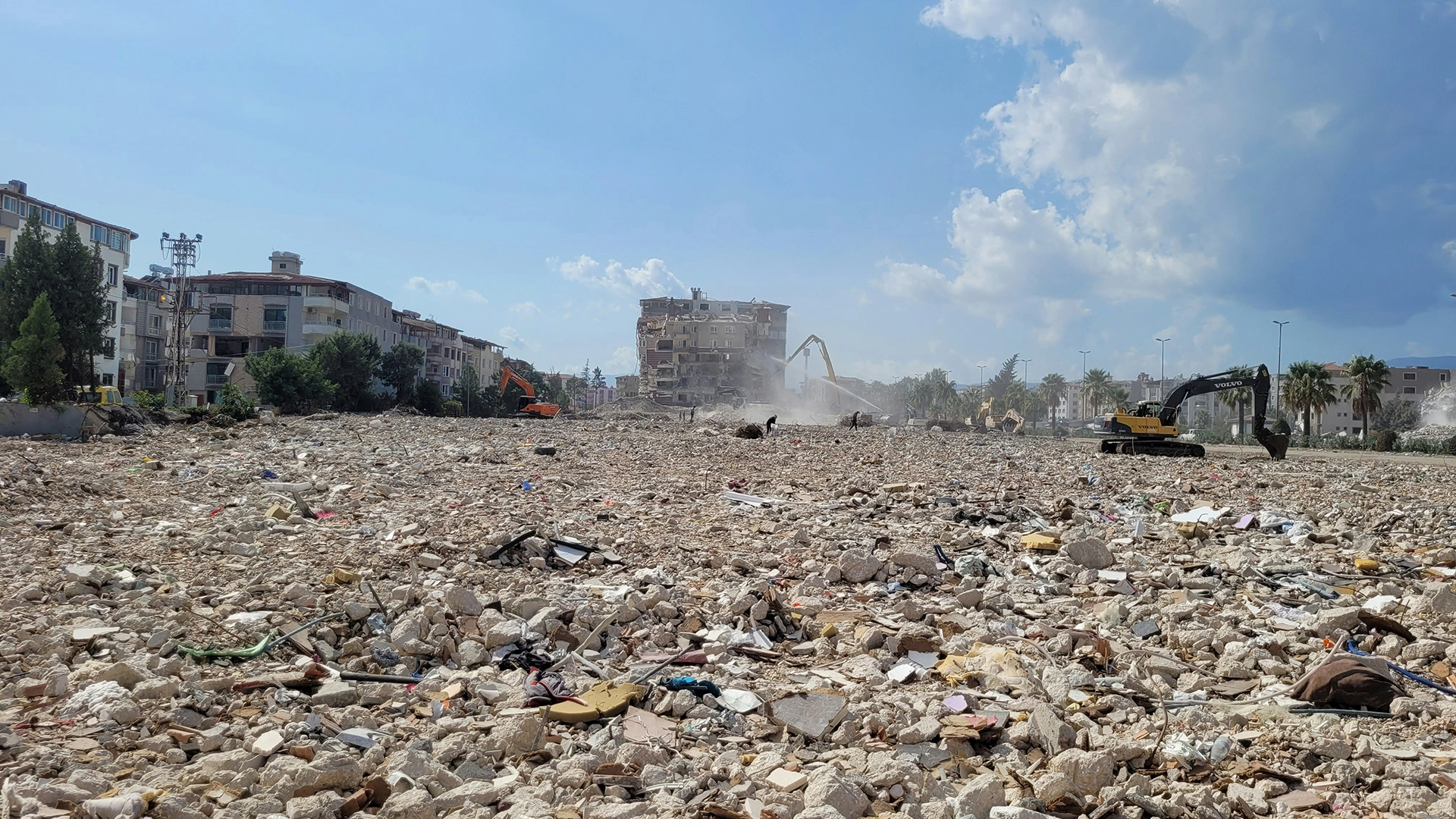
Photo by Alim Koray Cengiz on Unsplash
Google Says Earthquake System Failed To Alert Millions In Turkey
The BBC revealed on Monday how Google’s earthquake detection system failed to alert 10 million citizens about the deadly earthquake in Turkey in 2023. The tech giant admitted that it underestimated the strength of the tremors.
In a rush? Here are the quick facts:
- Google’s earthquake detection system failed to alert 10 million citizens about the deadly earthquake in Turkey in 2023.
- Only 469 devices received the “Take Action” alert.
- The tech giant emphasized that its systems are supplementary and that governments should rely on national systems.
According to the BBC’s investigation, Google’s seismological system, Android Earthquake Alerts (AEA), could have warned over 10 million people using its highest-level alert. Google had previously stated that half a million people received a “light shaking” alert during the first earthquake, but the BBC’s research found that only 469 devices received the “Take Action” alert—the program’s most severe warning.
Google’s AEA system operates on Android devices—which account for over 70% of smartphones in Turkey—by detecting shaking from multiple phones. The “Take Action” alert triggers a loud alarm—even when devices are set to “Do Not Disturb”—and displays a full-screen warning message.
The BBC estimates that, during the 2023 earthquakes, which killed 55,000 people, users could have been woken by the alarm, giving them roughly 35 seconds to move to safety. The first quake struck at 4:17 a.m., when most people were asleep.
While Google’s system was operational—it works in about 100 countries as part of its “global safety net”—it misjudged the severity of the tremors. The system initially predicted magnitudes of 4.5 and 4.9 on the Moment Magnitude Scale (MMS), while the actual quake registered a 7.8.
“We continue to improve the system based on what we learn in each earthquake”, said a spokesperson from Google to the BBC. “Every earthquake early warning system grapples with the same challenge – tuning algorithms for large magnitude events.”
For the second earthquake, the tech giant sent 8,158 Take Action alerts and Be Aware alerts to around 4 million.
Google shared more details of how its system failed on a paper published in the magazine Science.
However, the company emphasized that its systems are supplementary and that governments should have their own national systems.
Modern AI technologies are also playing a growing role in disaster response. A few months ago, after Myanmar was hit by a 7.7 magnitude earthquake, the AI for Good Lab used satellite imagery to rapidly assess which regions had suffered the most damage.


 Previous Story
Previous Story

 Latest articles
Latest articles 